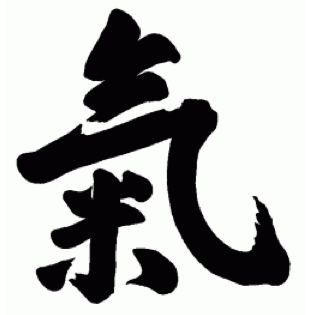Is Kokikai Aikido Effective as Self-Defense? (Part I)
I'm always a bit taken aback when people ask this question, especially when they have practiced for a while. I guess I thought it was obvious:
I can see why some people might be confused.
I am actually in awe of the way Sensei has devised a training method that teaches effective self-defense while allowing us to practice safely for many years. The fact that it is safe does not mean it's ineffective.
Kokikai Aikido is an Effective Form of Self-Defense
I can see why some people might be confused.
Why People Might Think Kokikai Aikido Isn't Self-Defense
- When we train, we treat each other with respect and make sure not to hurt each other
- We learn ways for the attacker to roll/fall out of each technique safely
- We don't counterstrike
- We spend time on techniques that "could never work on the street"
- We practice defenses against attacks that "don't seem realistic," like being grabbed, or being hit on the head with someone's hand
- We don't practice at "street speed"
- We don't often practice defense against "realistic" attacks like kicks, backfists, uppercuts
- When Sensei teaches, he calls up high-ranking students, has them attack each other, and shows that neither one can defeat the other, only he can. So if these guys can't do it, how am I expected to do it?
Given all of the above, how can we believe that Kokikai Aikido is effective as self-defense?
I am actually in awe of the way Sensei has devised a training method that teaches effective self-defense while allowing us to practice safely for many years. The fact that it is safe does not mean it's ineffective.
- When you're calm and centered, and have positive mind and good posture (ideas that you learn in your first Kokikai class) you're better able to defend yourself in any situation. I've seen many a course in "self-defense techniques." People come away thinking they are prepared, but will they have the presence of mind to remember any of those techniques if they can't remain calm?
- Many a student has asked me, "what about this?" "what if that?" Backfist? Kick? My answer is always the same: You never know what's going to happen. You're better off learning a few important principles or central ideas, and then learn how to really make those central ideas a habit so that when you are under stress, that is how you react.
- In Kokikai, the principles we learn are about mind-body coordination: being more relaxed and therefore more aware, reacting without anger, finding strength that doesn't depend on muscle power, finding, and using, our "one point."
- Learning to apply the principles can take many forms: ki exercises, "techniques" that don't have much "street application" and techniques that do have street application.
- With regard to "unrealistic attacks": First, a grab is a realistic attack. Women understand that they could be grabbed and taken somewhere. Men can be grabbed to immobilize them while someone else attacks them. An overhead strike with an empty hand seems meaningless - until you add a rock, or a club. We train with an empty hand so that we can learn to react with calmness. That way we will react the same way if there is a club: calm, relaxed, effective.
- Practicing slowly (as any dancer, musician, tai chi practitioner or swordsperson will tell you) is the best way to learn quickly. If you go slowly enough to practice correctly, you will learn "correct." Then you can speed up. If you go fast and practice incorrectly, you will learn "incorrect." "Incorrect" takes a lot longer to fix than "slow."
- We don't counterstrike. We don't rabbit punch. We don't poke people in the eyes. But we could. Practiced correctly, nage has good posture throughout the throw, and uke is off-balance. In class, the attacker falls in a way that is comfortable and they can get up to practice again - because we want to practice together next week, too! But nage has the option of using deadly force. Or not. If you are calm, relaxed and aware, you can decide in the moment of the attack, based on whatever is happening right then.




Comments
Post a Comment